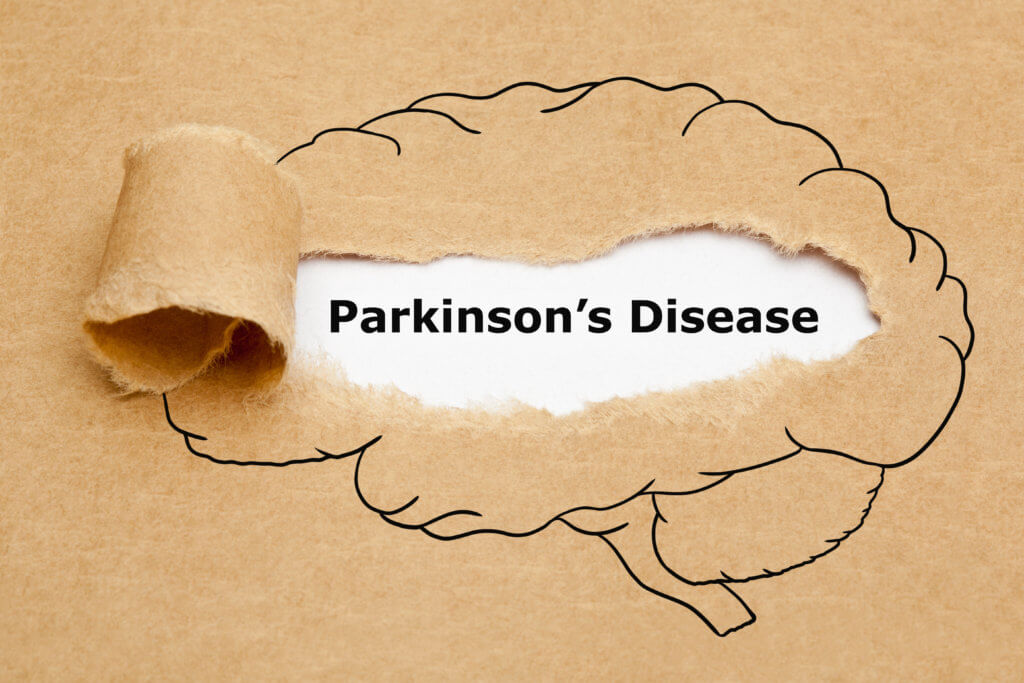A protein-packed gel could soon help revolutionize treatment for Parkinson’s disease. In a recent study, an international team of researchers has discovered a new way to dramatically improve the survival and maturation of transplanted brain cells in animal models of Parkinson’s. By encasing the transplanted cells in a specialized gel loaded with nurturing proteins, scientists were able to enhance the cells’ ability to repair the damaged brain, offering new hope for the millions of people living with this debilitating condition.
Parkinson’s disease is a progressive neurological disorder that affects movement, causing tremors, stiffness, and difficulty with walking, balance, and coordination. The disease occurs when dopamine-producing brain cells in a region called the substantia nigra die or become impaired. Dopamine is a crucial neurotransmitter that helps regulate movement, and its loss leads to the characteristic motor symptoms of Parkinson’s.
One promising approach to treating Parkinson’s is cell replacement therapy, where healthy dopamine-producing cells are transplanted into the brain to replace the lost or damaged ones. While this strategy has shown potential in animal studies and early clinical trials, its success has been limited by poor survival and maturation of the transplanted cells in the harsh environment of the diseased brain.
That’s where the new study, funded by the Michael J. Fox Foundation and published in the Journal of Neural Engineering, comes in. Led by Dr. Eilís Dowd from the University of Galway in Ireland, researchers used a special type of stem cell called induced pluripotent stem cells (iPSCs) to create dopamine-producing brain cells in the lab. iPSCs are derived from adult skin or blood cells that have been reprogrammed back into a stem cell-like state, allowing them to develop into any cell type in the body, including brain cells.
Researchers then transplanted these iPSC-derived dopamine progenitor cells into the brains of rats with a Parkinson’s-like condition. But instead of just injecting the cells alone, they encased them in a collagen-based hydrogel — a jelly-like material that provides a supportive scaffold for the cells to grow and mature. The hydrogel was enriched with two key proteins: glial cell line-derived neurotrophic factor (GDNF) and brain-derived neurotrophic factor (BDNF). These neurotrophic factors are like superfood for brain cells, promoting their survival, growth, and specialization.
The results were striking. When researchers examined the rats’ brains 20 weeks after the transplant, they found that the iPSC-derived cells in the protein-loaded hydrogel had survived and matured into dopamine-producing neurons at a much higher rate than cells transplanted without the gel or with the gel alone. In fact, the neurotrophin-enriched hydrogel boosted cell survival by 8.2-fold and increased the number of cells that developed into mature dopamine neurons by a whopping 16.2-fold compared to transplanting the cells alone.
These findings suggest that the supportive microenvironment provided by the hydrogel, coupled with the nourishing effects of GDNF and BDNF, can substantially enhance the ability of transplanted iPSC-derived brain cells to survive, integrate, and function in the Parkinson’s-affected brain. This could potentially lead to a more effective cell replacement therapy for the disease.
“Our hydrogel nurtures, supports and protects the cells after they are transplanted into the brain, and this dramatically improves their maturation and reparative ability,” says Dr. Dowd in a media release.
While the study was conducted in rats and further research is needed to determine if the approach will translate to humans, the results are highly encouraging. The use of iPSCs as a cell source is particularly exciting because it opens up the possibility of creating patient-specific cell therapies that are less likely to be rejected by the immune system. Additionally, the collagen-based hydrogel used in the study is biocompatible and biodegradable, meaning it can safely break down and be absorbed by the body over time.
“Ultimately, we hope that continued development of this promising gel will lead to a significant improvement in brain repair approaches for people living with Parkinson’s,” says Dowd.












